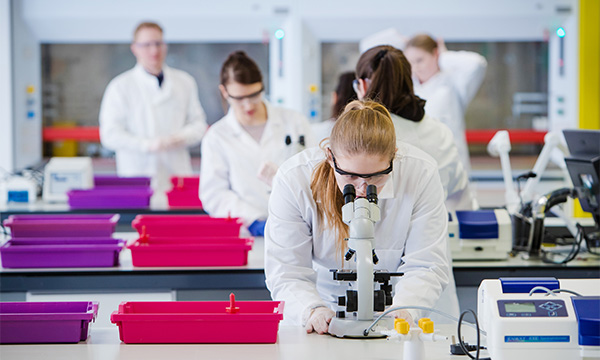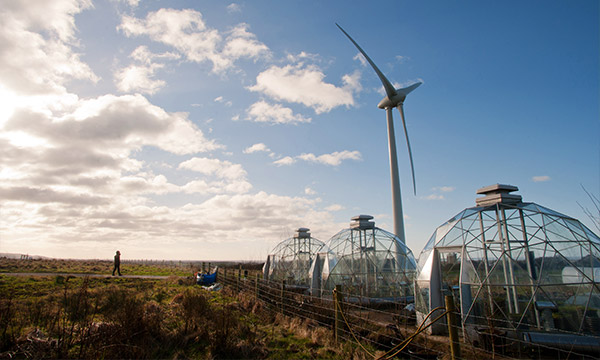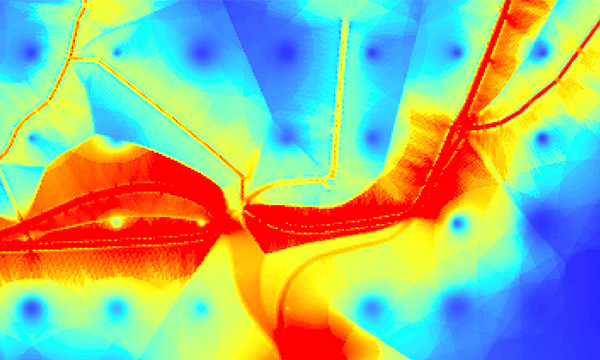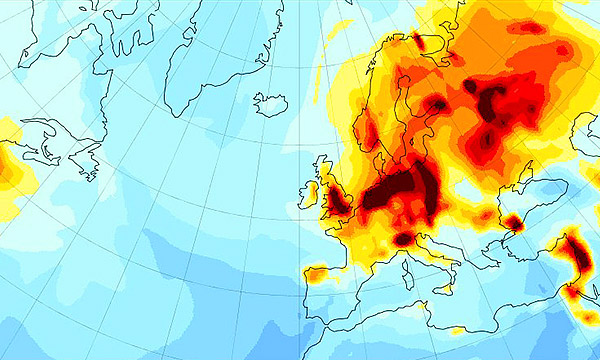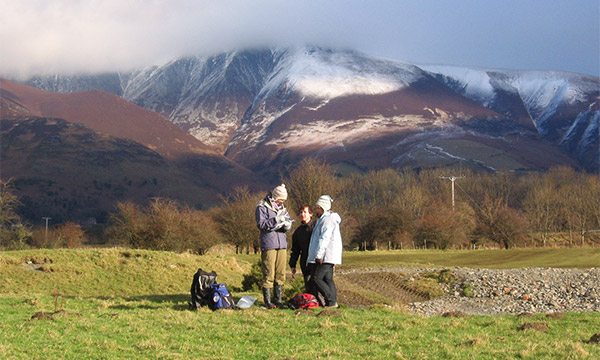Teaching Labs
Our new £4.4 million teaching laboratories have bench space for 216 students. The flexible design means that we can teach up to four classes at one time in the two laboratories, with up to 12 students clustered around double benches, having access to monitor screens and speakers.
Ancillary facilities include cold storerooms, a plant growth room, preparation rooms, a muffle furnace room, 12 fume cupboards, storage space and office space for technical staff. Lockers are provided so students can follow best practice and leave their coats and bags outside the labs.
The laboratories are used mainly for undergraduate teaching and project work, with some Master's Degree work also taking place there.


